As far as I can figure it, Halloween costumes come in three categories: scary, funny, or fantastical. This is why dressing up like another “race” or “culture” for Halloween is racist. A “Mexican Man,” for example (see below), should not be presented as scary, funny, or fantastical.
Brooke, at Whebr’s Hotub’s Blog, expresses her frustration for people who dress us like an “Indian”:
Why is it socially acceptable to dress like the stereotypical Indian: “Brave”,”Chief”, “Princess”, “Squaw”, “Maiden”? Pardon Moi, but when did the Native American enter the realm of Wizards, Fairies, Super-heroes, Goblins, or Ghouls? When did it become ok to reduce the diversity, language, and culture of nearly 500 different Indigenous tribes into a tacky “costume” of cheap suede, colored feathers, plastic beads, and fringe? Who decided that the history, identity, and lineage of Native Americans could be easily put on and taken off like greasy Halloween face paint?
Brooke features a whole host of “Indian” costumes at her site, including this one:
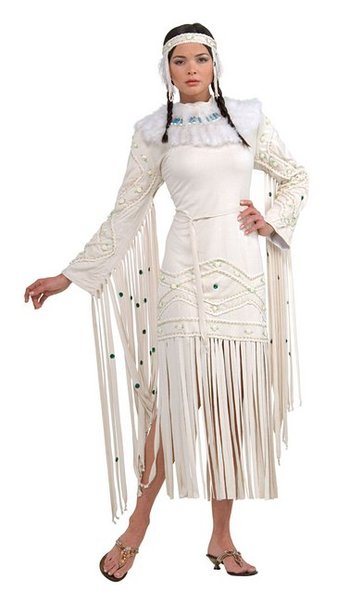
Illustrating the way in which these costumes tend to collapse culturally distinct groups into a cheap stereotype, Costume Craze has a whole section of the website devoted to “History and World Culture Costumes.”
Here’s a sample of the “Asian costumes” (don’t miss the fantastic font):
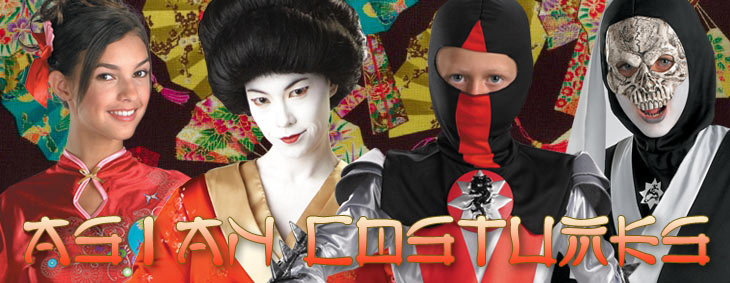
“Indian costumes”:
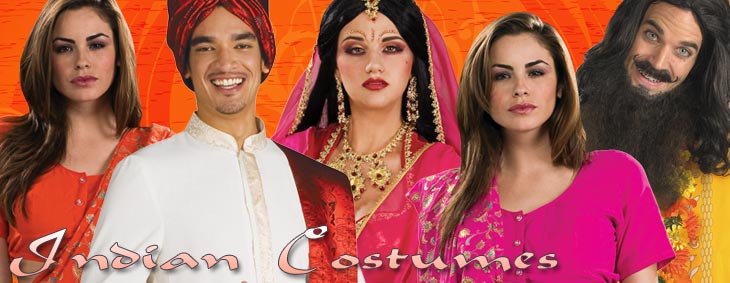
“Mexican costumes”:
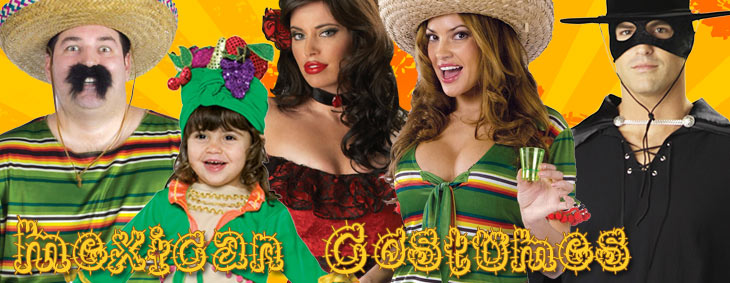
Fatemeh Fakhraie, at Racialicious, points out how “Middle Eastern” costumes reinforce both ignorance and negative stereotypes. Regarding the “Sheik of Persia Arabian Costume” costume shown below, she says:
History lesson: Persia didn’t have sheikhs, they had shahs. And Persia and Arabia were two different places! AKH!
…of course he has a knife! All Middle Eastern men are dangerous, didn’t you know? You can even tell by his face: he’s pissed, and he’s going to take it out on some infidels!
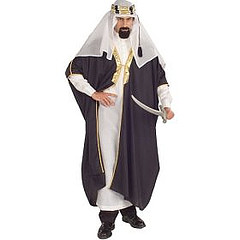
For good measure, Cindy at Lotería Chicana has collected a set of racist Halloween costumes that she photographed at a store called Spirit in San Francisco. A selection:
UPDATE! Awesome tidbit from Rosemary in the comments thread:
The geisha one in particular makes me wince, partly because the “kimono” is tied the wrong way (the only time you ever tie it that way is when a person is dead)…
Of course, that’s actually perfect for Halloween! But somehow I don’t think that’s what SPIRIT is going for.
More…
And my favorite, the “Dream Catcher”:
Does making fun of white people (“tighty whiteys”) make it all equal?
The thing that amazes me most about these costumes is that they’re everywhere. You can’t escape them. And no one seems to notice or care. For example, this “Hey Amigo” costume can be purchased at the Linens N Things website:

—————————
Lisa Wade is a professor of sociology at Occidental College. You can follow her on Twitter and Facebook.


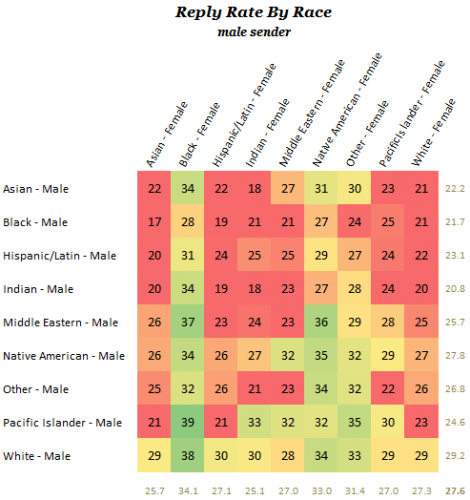
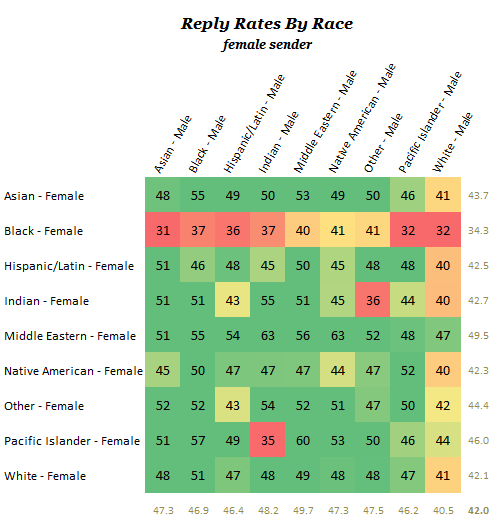
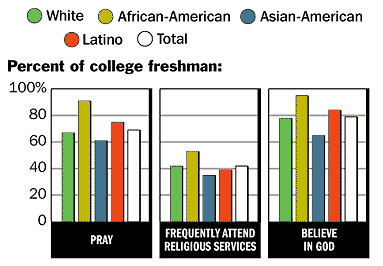
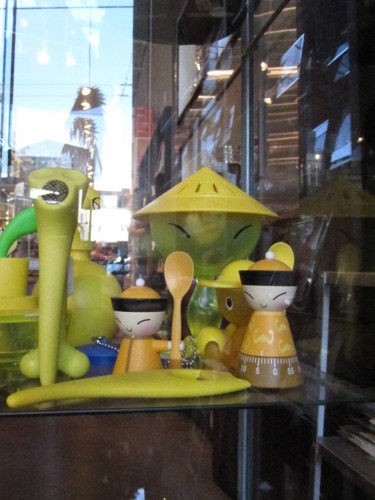
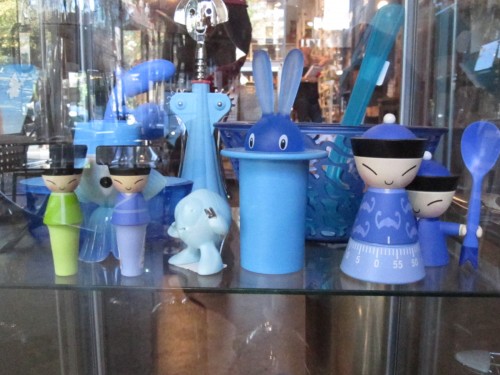
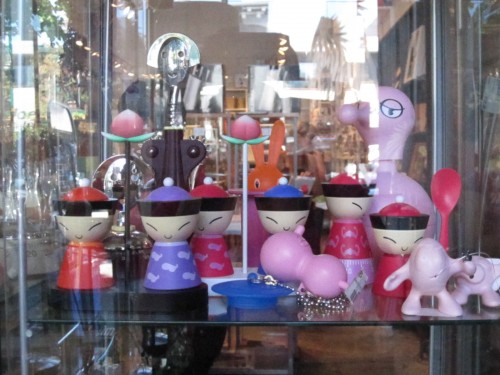
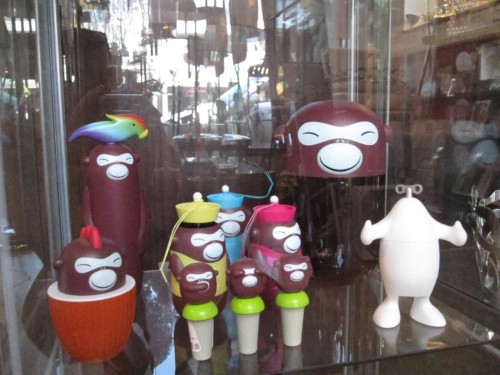

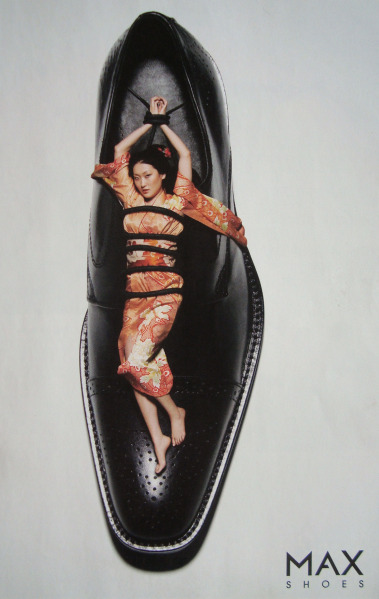
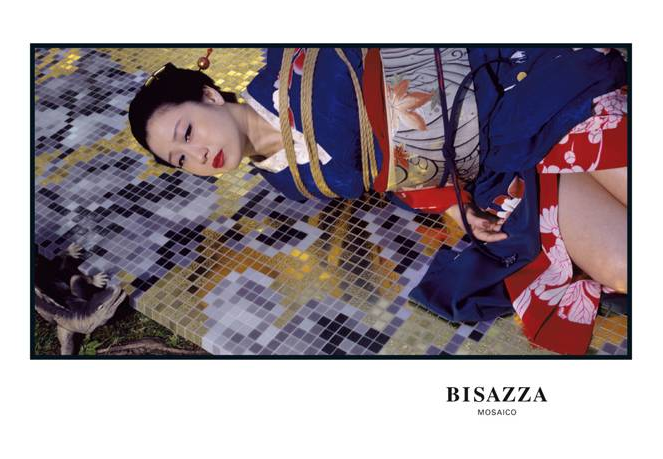
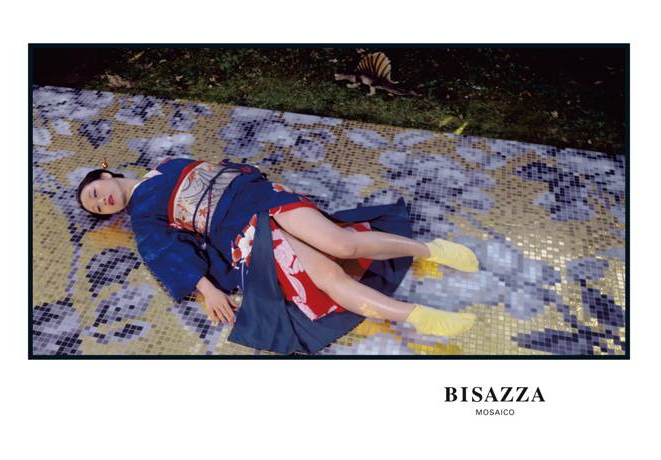 Both via Copyranter (
Both via Copyranter (